This pungent ingredient brings a full and savory flavor to a wide variety of Indian curries, condiments, teas and pickles
By Lakshmi Sridharan, San Jose
Cinnamon is one of the most highly valued spices, widely used all over the world for centuries. It is used in cooking, baking and as a flavoring agent for many foods and drinks. Traditional medicine systems around the world, including ayurveda, use extracts from the bark, leaves, flowers, fruits and roots of the cinnamon tree for ailments such as hypertension, diabetes, weight control and more. The Egyptians employed as an ingredient in their embalming practices, the Hebrews used it in religious ceremonies. In the Roman Empire, cinnamon was primarily used in perfumes and fragrances, and to flavor wines, rather than as a cooking spice.
Interestingly, cinnamon, in its stick, powder, or essential oil form, is also highly effective as an ant repellent! The spice’s most important active ingredients is cinnamaldehyde, the essential oil distilled from the bark fragments that gives cinnamon its unique flavor and fragrance.
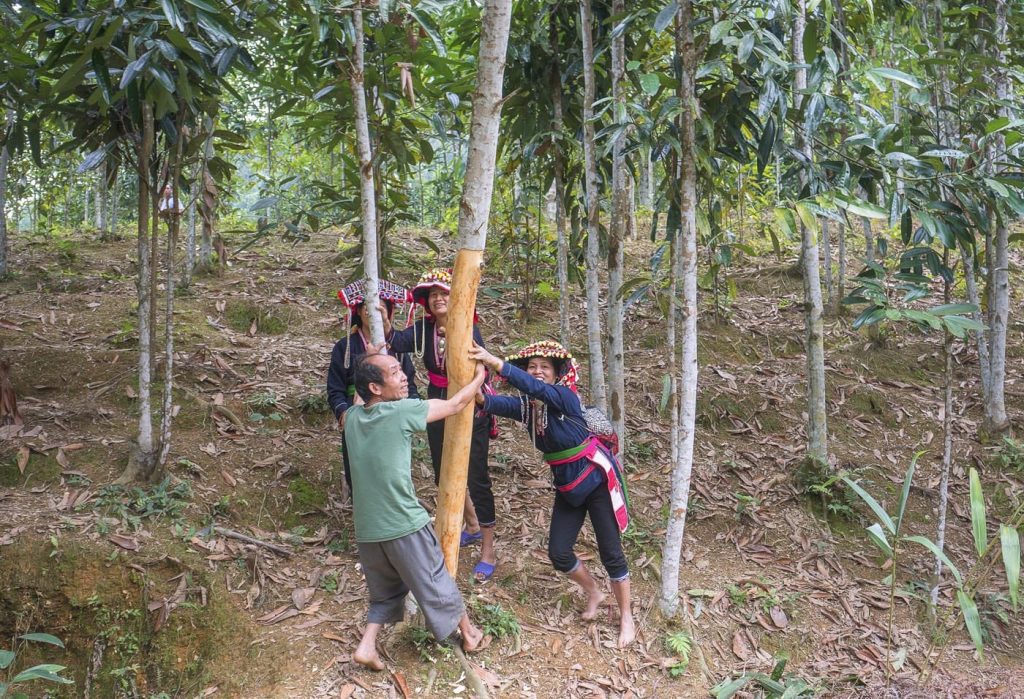

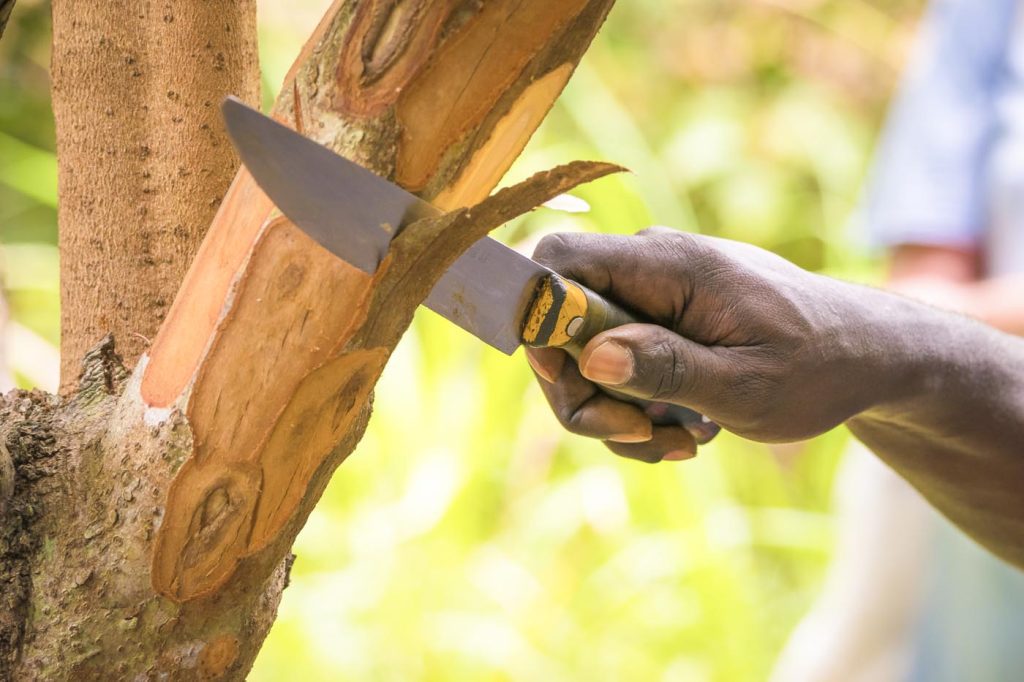

Several major types of cinnamon are in use today. Cinnamomum verum from Sri Lanka is—literally—the “true cinnamon.” It is often priced up to 50 percent higher than other types. Cinnamomum cassia (or Chinese cinnamon), is the most commonly type sold in North America. Other types are C. burmanni (or Indonesian), C. Loureiroi (or Vietnamese) and C. citriodorum (or Malabar). In 2021, the world produced nearly half a billion pounds of the spice. Accounts of cinnamon date back as early as 2,800 BCE. Centuries ago, it was highly prized, valued similarly to gold in the 13th and 14th centuries. During this time, the cinnamon trade was a significant factor in the wealth of major trading powers like the Portuguese, Dutch, and British. In ancient Egypt, the cinnamon primarily used was likely cassia, a variety similar to true cinnamon, imported from China, where large groves were cultivated.
Cinnamon dramatically altered the course of history in Sri Lanka (then known as Ceylon), where the cinnamon trade was marked by wars, cruelty and massacres. In the early 16th century, the Portuguese gained control over the spice trade, including cinnamon, and later faced fierce competition from the Dutch. By the mid-17th century, the Dutch East India Company had emerged as the dominant force, extending its influence to establish spice plantations, notably for cinnamon, in Indonesia. In 1795, the English seized control of Ceylon, thus taking over the lucrative cinnamon trade. Around the same time, the French started plantations in Mauritius, Réunion and Guyana.
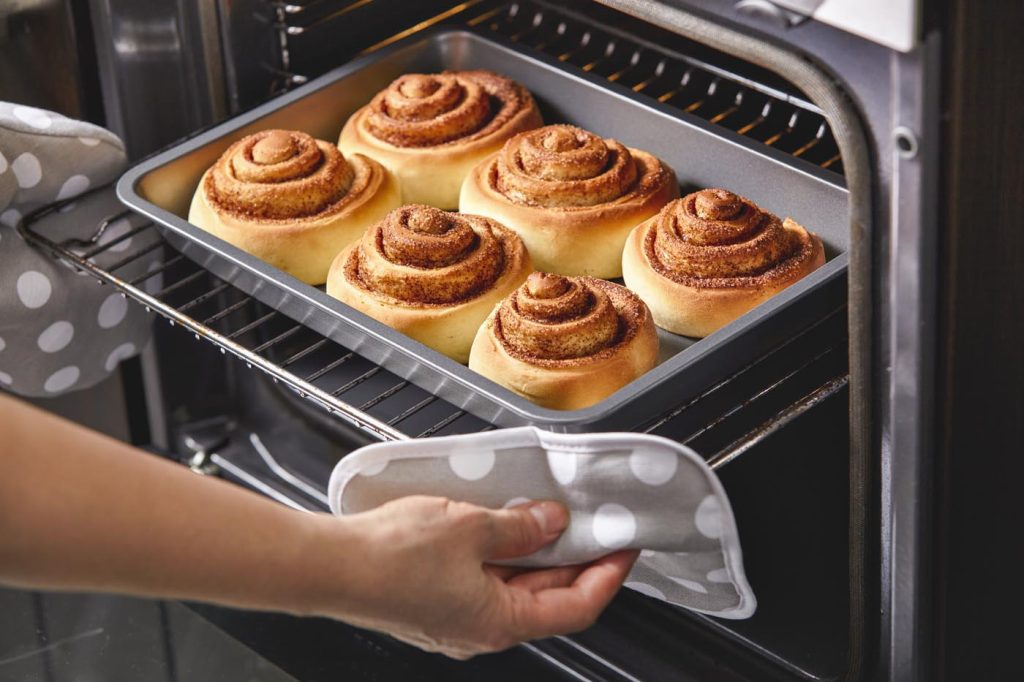

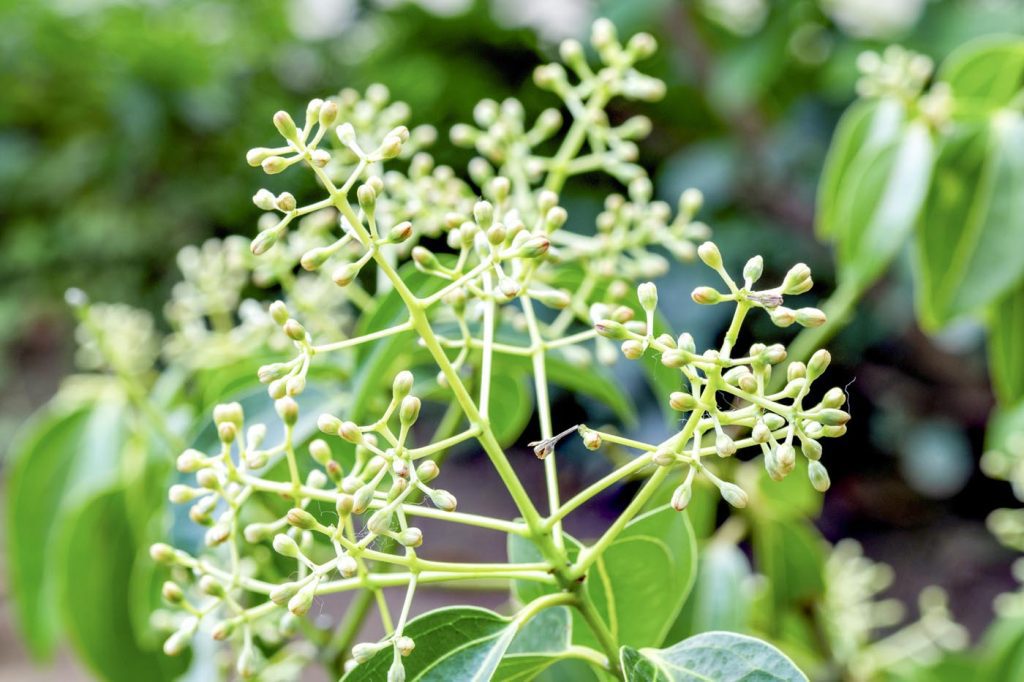

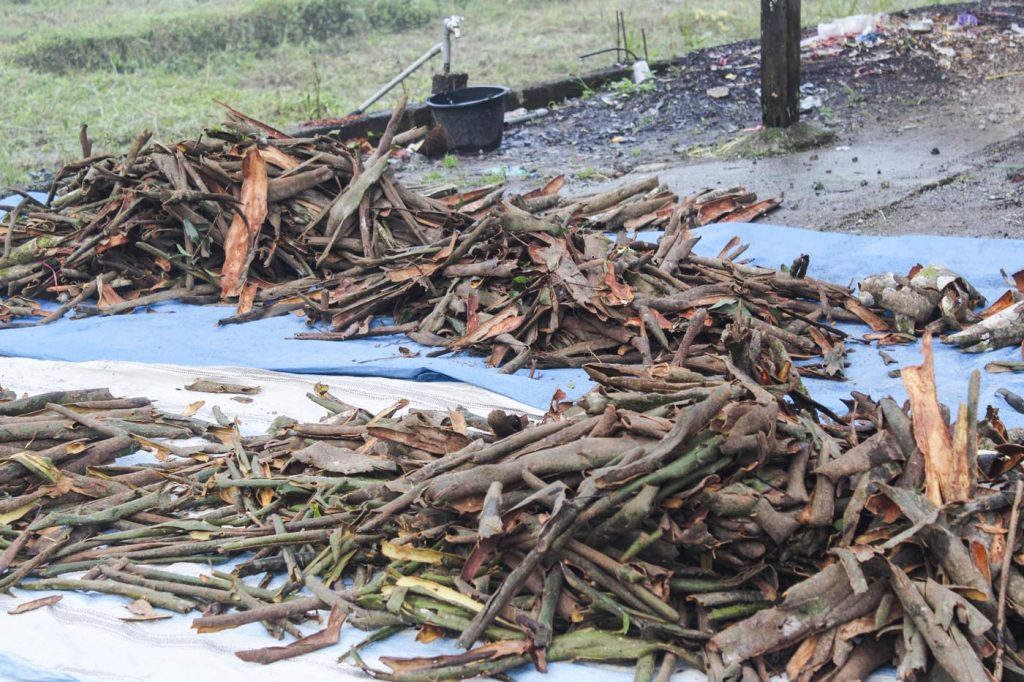

Cultivation
Cinnamon trees require moist, well-drained soil for good growth. Mature trees reach more than 40 feet in height. Leaves are thick, with smooth margins; red in color when young and maturing to a deep green. Flowers are small, greenish to yellow, bisexual and produced in clusters. The fruit is a dark drupe color.
In certain regions, cultivators cut trees to a stump when they are two years old and cover them with soil. As a result the tree grows more like a bush, with new shoots sprouting from the sides by the following year. In other areas, trees are allowed to grow tall and unpruned.
Cinnamon sticks, or quills, are made from the inner bark of cinnamon trees. The process involves scraping off the outer bark, then beating the branch gently to loosen the inner bark, which is then peeled off in thin strips. Whereas stripping off the bark would kill most trees, cinnamon has the ability to survive and regenerate its bark. Hence, the same tree can be harvested multiple times over the years. Set out to dry in the sun, the strips curl into quills, or “sticks.”
Ceylon cinnamon, typically sold in quill form, possesses a sweet aroma and a light brown color. It’s relatively soft, allowing for easy grinding, even with a coffee grinder. In contrast, Cassia cinnamon, which comes in various forms, is distinguished by its stronger, more pungent aroma and darker, reddish-brown color. Due to its harder texture, Cassia cinnamon is often available in pre-ground form, as it requires more effort to grind than Ceylon cinnamon.
Uses and Health Benefits
Cinammon’s culinary values are paramount. I, the author, use it in quite a few recipes—korma, puddings, ice cream, cinnamon rolls, etc. At cookpad.com/in/users/19872338, you’ll find my recipes for these that make good use of cinnamon as well as for hundreds of other dishes.
In addition to its culinary values, cinnamon has been hailed as an appetite stimulator, a digestive, an aphrodisiac and a treatment for cough and sore throat. Compounds in cinnamon called trans-cinnamaldehyde and p-cymene produce anti-inflammatory effects by blocking the production of inflammatory molecules. Inflammation is the root cause of many diseases including cancer, high blood pressure, insulin resistance, diabetes and obesity. Studies have shown cinnamon may be a safe natural treatment for all of these conditions, and may even help prevent diseases such as Alzheimer’s. More studies are needed.
How much cinnamon should one consume to benefit from all these health-beneficial properties when no reliable data is available regarding the dosage? Normal consumption of cinnamon in food may not work as an immune booster, but high amounts could be harmful. Used in small quantities in food, it is unlikely to have any deleterious effect, but for higher doses, it is always best to consult a knowledgeable physician. Moderation is the key to success.
Masala Tea
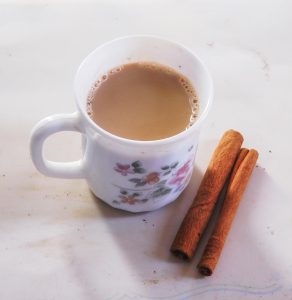

My favorite use of cinnamon is preparing delicious masala tea.
Preparation time: 20 minutes
Serves: 8
Ingredients
10 cardamom pods
10 cloves
1 tbsp ginger, peeled and crushed
2 two inches Sri Lankan cinnamon
1 teaspoon nutmeg
Required milk, if desired
Required sugar, if desired
Required honey, if desired
1 lemon
Method
1. Crush ginger, cardamom, cloves and cinnamon using a mortar. Grind nutmeg with a small pestle. Make a bundle of the crushed spices with a cloth. Boil 6 cups of water in a saucepan. Add the prepared spice ingredient bundle to the boiling water. Bring it to boil. Then add tea; cover and turn off the stove. Steep for 10 minutes. Then filter using a tea strainer.
2. For black tea: Dilute 1/2 cup of the spiced brewed tea just prepared to 1 cup of boiling water. Add 1 teaspoon of lemon juice. Add honey if desired. Black tea is ready. You may chill the tea if you want.
3. For tea with milk (yields 8 cups): Boil 4 cups milk in a milk cooker. Add 1/2 cup of boiling milk to 1/2 cup of strained tea per cup. I like strong hot frothing aromatic tea. If you have a sweet tooth, you can add honey or sugar. Aromatic and delicious masala tea is ready.
About the Author
Lakshmi Sridharan is an American scientist of South Indian origin who lives in San Jose, California, with her husband Tim. As a freelance writer, she enjoys sharing with others her knowledge in plant science, culinary science, her experience in gardening and cooking as well as Indian culture and traditions.


